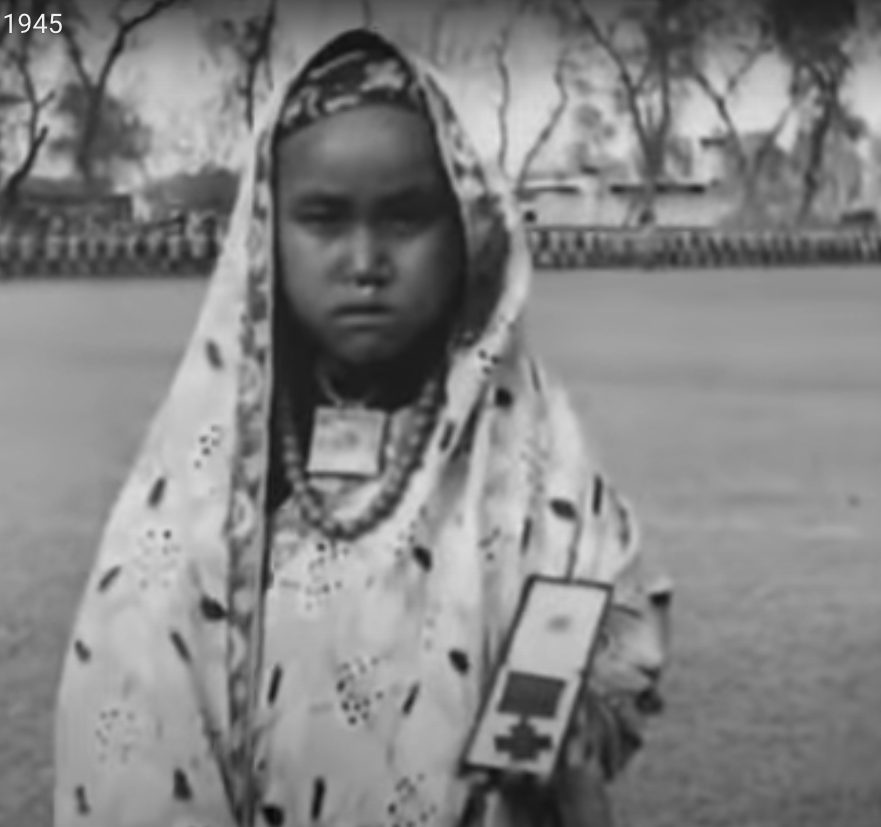Sanjay Sharma‘s photo archive project
CALL TO SUBMIT PHOTOGRAPHS AND STORIES DEPICTING GURKHA HISTORY AND MIGRATION
When I tell scholars that my research project is with the “Gurkhas,” many give me a skeptical look and ask: “Why Gurkhas?” echoing the sentiment that these men have certainly “received more printer’s ink” (R. Haycock’s book chapter entitled “British Arms in India” published in 1988, page 464, cited in Lionel Caplan’s Warrior Gentlemen, published in 1995, page 1) than any other British (Indian) Army. Surely, a bulk of the literature has been written glorifying, and critically analyzing their “bravery, martiality, and loyalty,” and lately about their political struggles for equality.
Although the migration of Gurkha soldiers from Nepal to across the world has been analyzed from various perspectives examining their bravery, orientalism, struggles, and sacrifices, the stories, experiences, and narratives of women who migrate with the Gurkhas soldiers—the Gurkha women—in the form of military-, family-, or marriage-migration has not been explored yet. I am using the phrase “Gurkha women” for lack of a better alternative and I refer to the women who come from families of Gurkha soldiers. I primarily focus on the lives, experiences, sacrifices, and struggles of wives, lovers, mothers, daughters, and sisters of the Gurkha soldiers in my research project.
What does the research do?
The proposed research uses methods of visual anthropology and explores the personal and archival photographs of Gurkhas and their families. This research specifically attempts to uncover the mobility patterns and migration histories of Gurkha women. The photographs collected through various sources will be used to build a narrative that will deal not just with the histories of migration and the destinations, but the larger meanings that individuals attach to the photos.
This research goes beyond the “factual” data that the photographs reveal by talking to the individuals in the photos or those possessing the photos about the context and experience attached in those photos. The photos, taken during the twentieth century, will help the individuals not just reflect on the past, but also be reflexive about their migration pathways and experience retrospectively.
If you have any photos that I can feature on my Instagram page, please let me know. Also, please do visit the page www.instagram.com/gurkhawomen to learn what the research is up to. I am looking for both photos and stories (narratives) behind the photographs that help tell the Gurkha (women’s) stories.
Why this research?
The whole idea of family- and marriage-migration, on the one hand, is guided by the notion of “male breadwinner” where women have very little say over the type of mobility and choice of destinations. On the other hand, the popular understanding in military migration is that women are “left behind” in the migrant household when men migrate or are mere passive followers of their highly mobile male counterparts.
By talking to Gurkha women about the photos of various places they have traveled across the world, this research will attempt to build on their migration experiences and better understand Nepali women’s migration as a whole. While women’s migration from Nepal is often portrayed as a victimized form of mobility often associated with human trafficking, this research hopes to break that monolithic understanding of women migration.
Beyond being just victims, women have played diverse roles that not just helped them and their families during and after migration, but also helped them explore their own agentic roles. The various forms of activities that the photographs have captured will help understand the social and cultural meanings attached to those activities that the migrants are involved in. Some of the activities that might have been obscured over the years might emerge out and new insights may be revealed through the research that will help better understand diverse forms of international migration from Nepal.
The Instagram page is and will continue to remain a publicly available open-access archive that features stories and photographs of Gurkha women. Interested individuals and researchers can use the page/archive for their personal use and/or for research purposes.
CALL TO SUBMIT PHOTOGRAPHS AND STORIES DEPICTING GURKHA HISTORY AND MIGRATION

Leave a Reply